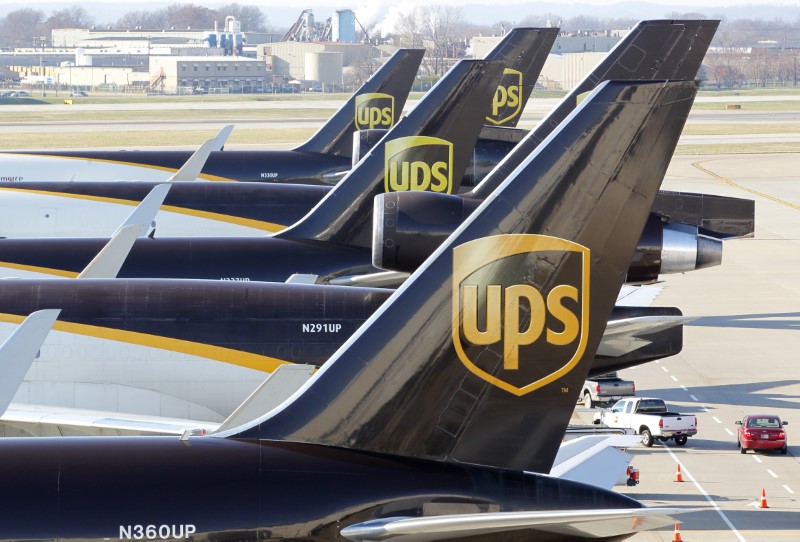Buy tech sell-off, Wedbush’s Ives says: ’this is a 1996 moment, not 1999’
Investing.com -- Bank of America (BofA) Securities on Tuesday downgraded United Parcel Service Inc (NYSE:UPS) shares to Neutral from Buy, flagging a clouded outlook and slow progress on cost-cutting initiatives.
The bank also cut its price objective on the stock to $98 from $115 and trimmed its earnings estimates for 2025 and 2026 by 4% and 9%, respectively.
Analyst Ken Hoexter flagged several challenges contributing to the downgrade. These include “a larger-than-expected small- to medium-sized business (SMB) volume deceleration, slower-than-anticipated cost takeout, and accelerating Amazon (NASDAQ:AMZN) business glide-down.”
Higher-than-expected Ground Saver costs and delays in realizing benefits from the voluntary driver separation program also contributed to the revision.
UPS withdrew its full-year revenue and profit targets earlier this year and again refrained from offering new guidance when it reported second-quarter results on Tuesday.
CEO Carol Tome said the range of possible outcomes remains too wide, referencing peak season demand uncertainty, SMB volume pressure, and the ongoing impact of tariff policy.
Despite maintaining a target of $3.5 billion in 2025 cost savings, UPS noted attrition linked to the Amazon volume wind-down has been slower than expected. Amazon volumes are now expected to drop 30% in the second half, after a 13% decline in the first half.
The domestic segment is also facing margin compression due to wage pressures and weak SMB activity. BofA expects margins to fall to 5.5% in Q3, the third-lowest level in nearly three decades.
UPS’ second-quarter adjusted EPS came in at $1.55, slightly above BofA’s estimate but down 13% year-over-year. Revenue fell 3% to $21.2 billion.
Domestic margins also declined, while international operations showed resilience, with operating margins of 15.2%, beating expectations.
BofA lowered its valuation multiple to 14x from 15x 2026 EPS to reflect “rising uncertainty and earnings pressure.”
“With a 108% dividend payout ratio, we lower our dividend rating to 8 from 7 (same/lower from same/higher), as we enter the 3rd year of elevated payout ratio,” the analysts noted.
